10 Strangest Sea Creatures
Ready to meet some seriously strange creatures? Things you won’t believe actually exist?! Then take a deep breath as we dive into the deep to get up close and personal with the ocean’s weirdest wonders…
1. Leafy Sea Dragon
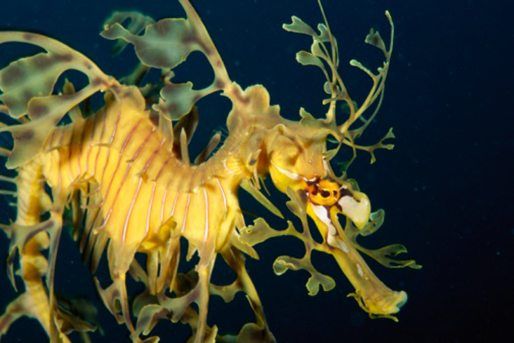
This may look like your average piece of seaweed but, believe it or not, it’s actually a fish! Found along the southern and western coast of Australia, the leafy sea dragon is a member of the same family as the seahorse – the Syngnathidae family. They grow to around 20-24cm long and feed on plankton and small crustaceans. Moving through the water using their tiny fins, this fab fish”s long, leafy extensions allow it to hide from predators by blending in with seaweed! David Attenborough has said he counts the leafy sea dragon as his favourite animal. Cool, eh?
2. Christmas Tree Worm
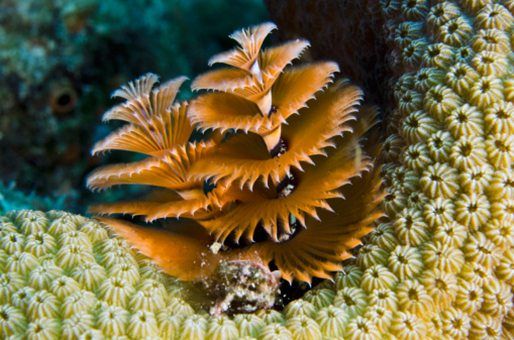
Christmas Tree Worms are found on coral reefs in tropical waters around the world. They get their name from the two spiral “plumes” that look just like – yep, you guessed it – Christmas trees! These hair-like tentacles grow from their small, tube-like bodies, and are used for feeding on microscopic plants and for respiration, allowing the worm to breathe. These cool critters come in different colours, including orange, yellow, blue and white!
3. Anglerfish
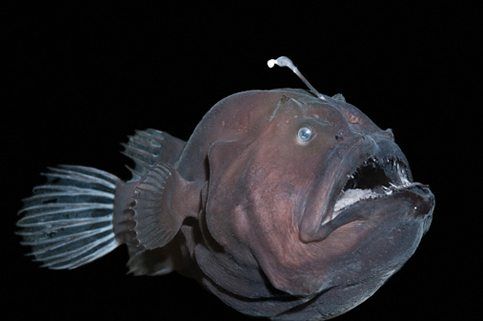
Now here’s a creature that might give you a fright! With its huge head and enormous mouth, these fearsome fish swim in the dark depths of the ocean. Ranging from around 20 centimetres to one metre in length, there are more than 300 species of anglerfish, most of which are found in the Atlantic and Antarctic oceans. So what makes this creature super strange? Well, the female has her own glowing light hanging above her mouth! This luminous flesh attracts unsuspecting prey close to the anglerfish”s sharp, see-through teeth and then…chomp!
4. Northern Stargazer
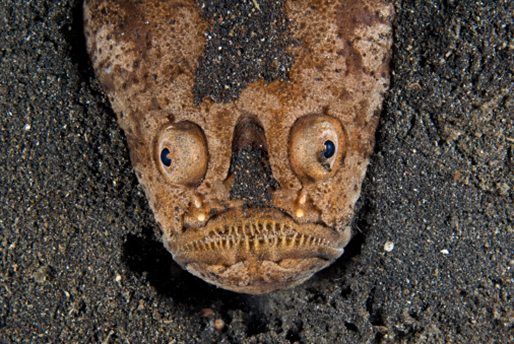
Ever seen a fish that looks like this before? Found mainly off the east coast of the United States, this creepy creature grows to around 50cm long. It has a blackish brown body with white spots on its head, and stripes on its tail. The wacky bit? The northern stargazer’s eyes and nostrils are located on the top of its head, and, unlike most fish, its mouth faces upwards! This cunning critter buries itself in the sand, leaving its eyes poking out. And when an unlucky smaller fish swims by, it rises up and swallows its meal in one big gulp!
5. Red Handfish
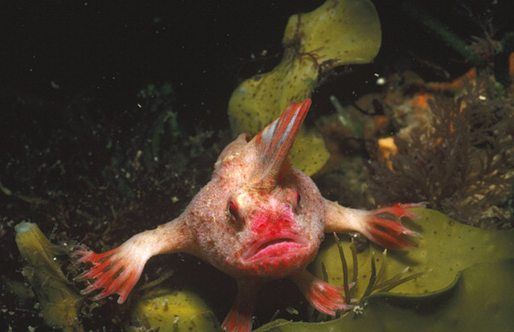
Rather than swim through the ocean like most of our fishy friends, this cool creature prefers to walk along the seafloor! Found in the waters of southern Australia and Tasmania, it grows to around 15cm long and has skin covered in tooth-like scales, called “denticles”. So why the name “handfish”? Well, these quirky creatures move around the ocean floor using a unique set of fins that look similar to human hands. There are other kinds of handfish, too, including the spotted handfish and the pink handfish.
6. Wobbegong
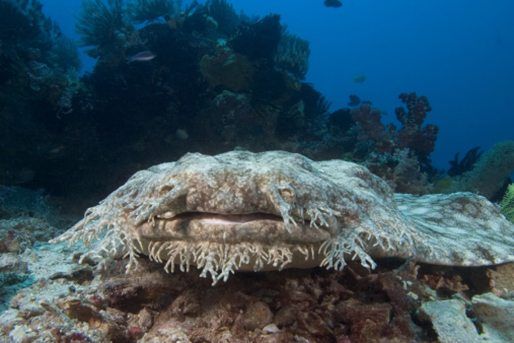
Meet the Wobbegong, a species of the “carpet shark” family – not the piece of old rug that it may first seem! To find one of these super sharks, you’ll need to explore the tropical waters of the western Pacific Ocean and Indian Ocean. Wobbegongs spend their time resting on the sea floor, camouflaged by their flat, tasseled bodies. There they wait for a tasty treat – including fish, octopuses, crabs and lobsters – to pass their way, before…gulp! Some wobbegongs have also been seen to slowly sneak up on their prey, too, in search of some grub.
7. Frilled Shark
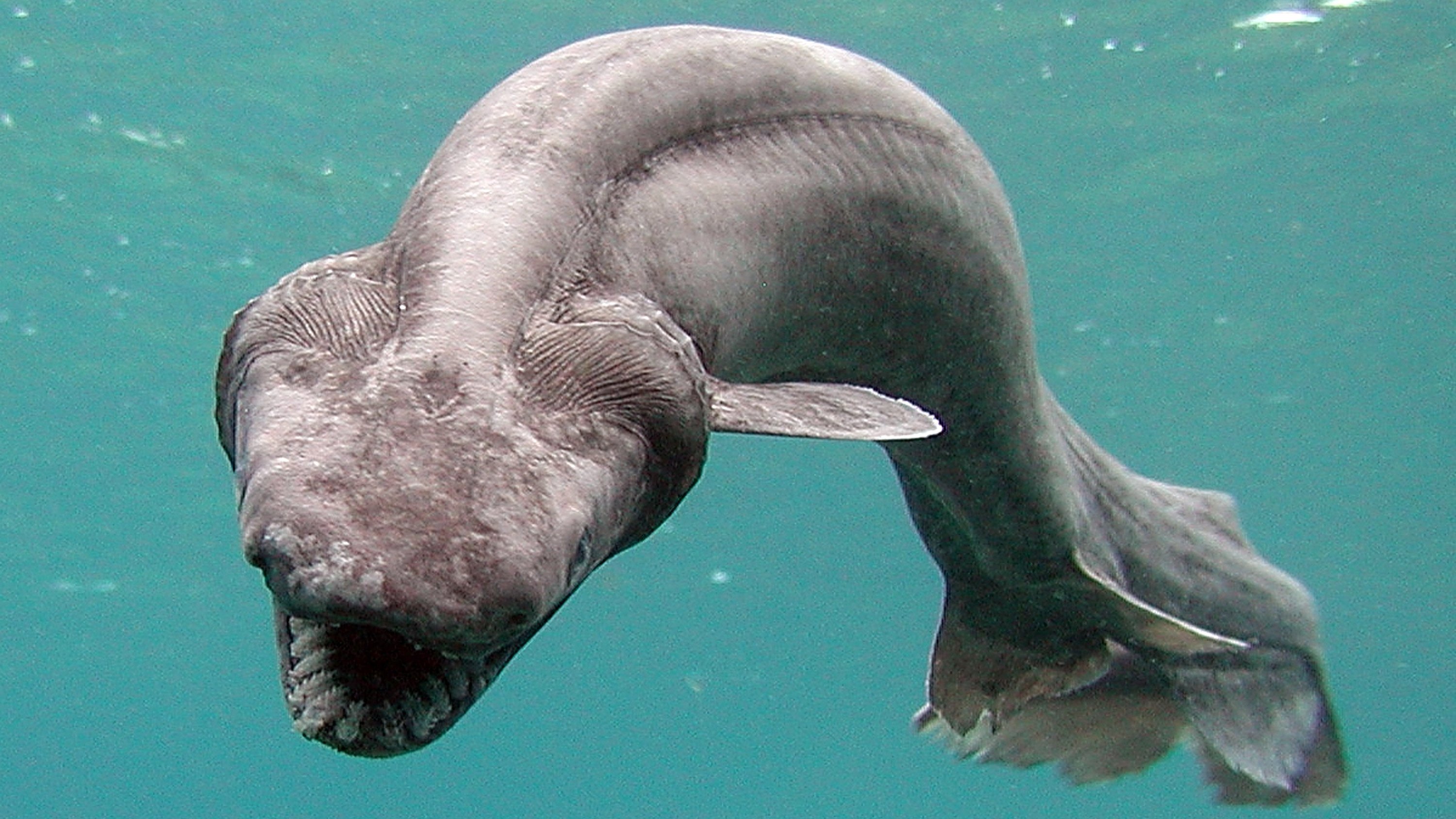
The frilled shark, Chlamydoselachus anguineus, is one of the gnarliest looking creatures in the sea. If it looks like an ancient beast, that's because it is: the prehistoric creature's roots go back 80 million years. The frilled shark can grow to about seven feet long and is named for the frilly appearance of its gills. Although shark in name, these animals swim in a distinctly serpentine fashion, much like an eel. They mostly feed on squid, usually swallowing their prey whole.
8. Sea Angel
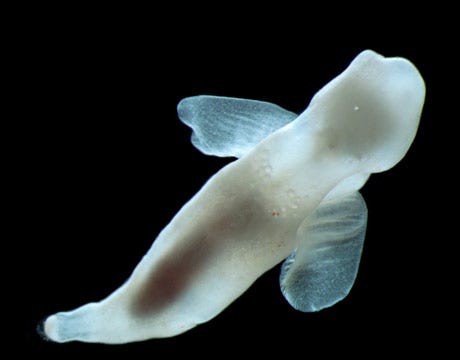
Although they're called sea angels, these creatures are actually predatory sea snails. This particular specimen, Platybrachium antarcticum, "flies through the deep Antarctic waters hunting the shelled pteropods (another type of snail) on which it feeds," according to the Marine Census of Life. Sea angels have special parapodia, or lateral extensions of the foot, that help to propel them through the water.
9. Giant Squid


The Giant Squid, Architeuthis dux, is absolutely the stuff of nightmares. The largest one ever recorded came in at a whopping 43 feet long—nearly half the size of a blue whale. Earlier this year, scientists created a draft genome sequence for the giant squid, in a bid to better understand it. With about 2.7 billion DNA base pairs, its genome is about 90 percent the size of the human genome. Beyond that, scientists don't know a whole lot about the giant beast or its habits, because most of what we know comes from their carcasses, which wash up on the shore. Most of the time, the giant squid lives in waters so deep that we never see them, adding to their intrigue.
10. Blobfish (aka fathead)

Scientists call this fish Psychrolutes microporos, but also, more directly, "Fathead." Smithsonian Magazine even notes that the weird looking creature is largely considered the "World's Ugliest Animal." But the blobfish is a pretty incredible sea dweller, surviving at depths in excess of 4,000 feet, where the pressure is 120 times higher than at the surface. And here's the thing: the blobfish is only actually ugly when it's brought up to the surface. Most fish have a swim bladder, or a sac of air inside its body to keep buoyant. When fish are removed from their typical environments, these sacs swell up, leading to the innards pushing out through the mouth. Technically, we only think of the blobfish as ugly when it's dead—so maybe think twice before pointing and laughing.

waaa so cutee 😻🐡
ReplyDeleteSANGAT MELEHOY IMUT EMBELES MENEMBUS LANGIT KELIMA POKONYA GEMES
ReplyDeleteyuhu gemasnya blobfishh
ReplyDeleteihiw kyuti giant squid
ReplyDeletewobbegong cuteeeee abis
ReplyDelete🤙🏼😎😎😎😎😎
ReplyDeleteThis is so cool! Waiting for the next post
ReplyDelete🤩
ReplyDeleteApakah blobfish ada hubunganya dengan squidward🤔
ReplyDeletegx ada,,,
DeleteAmazing 🤩
ReplyDeleteterimakasih karena mila saya menjadi punya ikan
ReplyDeleteSerem minski
ReplyDelete